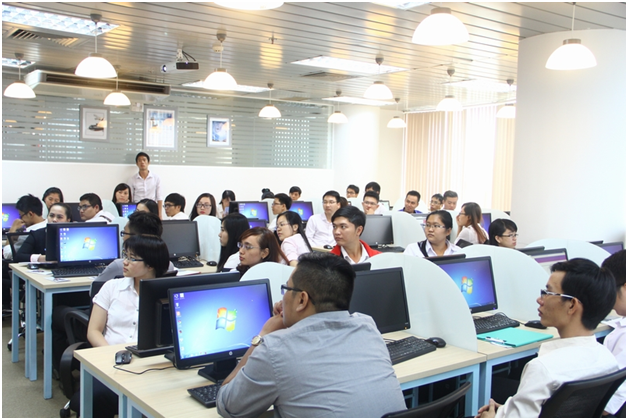
Illustration photo
Thereby, Buon Ma Thuot is taken as the center of digital transformation, piloting specific mechanisms on data integration and unified and widespread deployment of digital platforms. Forming a shared cloud connecting the government agencies of 05 provinces, integrating and sharing default data of the governments of the provinces in the region; taking Da Lat as the driving force to promote the innovation ecosystem of the Central Highlands region, developing a Data Center and regional computing infrastructure to serve the needs of digital technology innovation and developing the regional data industry, and Buon Ma Thuot is the center of digital transformation, piloting specific mechanisms on data integration and unified and widespread deployment of digital platforms using big data, cloud computing, artificial intelligence, Internet of Things... promoting the digital economy of industries and fields, especially agriculture, forestry, natural resources and environment, tourism, food and beverage processing and manufacturing, bauxite mining; create data lakes for sectors and fields of the Region, towards making the Central Highlands the first Region in the country to comprehensively test big data. Regarding the Internet of Things connection infrastructure and device management platform deployed to serve smart traffic, smart cities, urban and social safety and order, research and build a mechanism to test new technologies in various fields. In particular, develop digital skills capacity of all components, at all ages, through flexible access to training and education; promote seamless access to education, health care and other essential services online from any location, on multiple media; Use a reliable digital identity easily and log in only once for many government and non-government services such as healthcare, tax, banking, education, tourism, customs, etc. Real-time data sharing and exchange from relevant poverty reduction support agencies, provide the status of poor households and implement poverty reduction policies automatically and accurately, deploy unified digital platforms for industries and fields in areas with local strengths. In which, Lam Dong focuses on developing digital economy in the fields of environment, agriculture, culture; Dak Lak focuses on developing digital economy in the fields of agricultural and forestry processing industry, trade services and export; Gia Lai focuses on developing digital economy with renewable energy, medicinal plants and tourism; Kon Tum focuses on developing e-commerce and smart tourism; Dak Nong focuses on agriculture and tourism.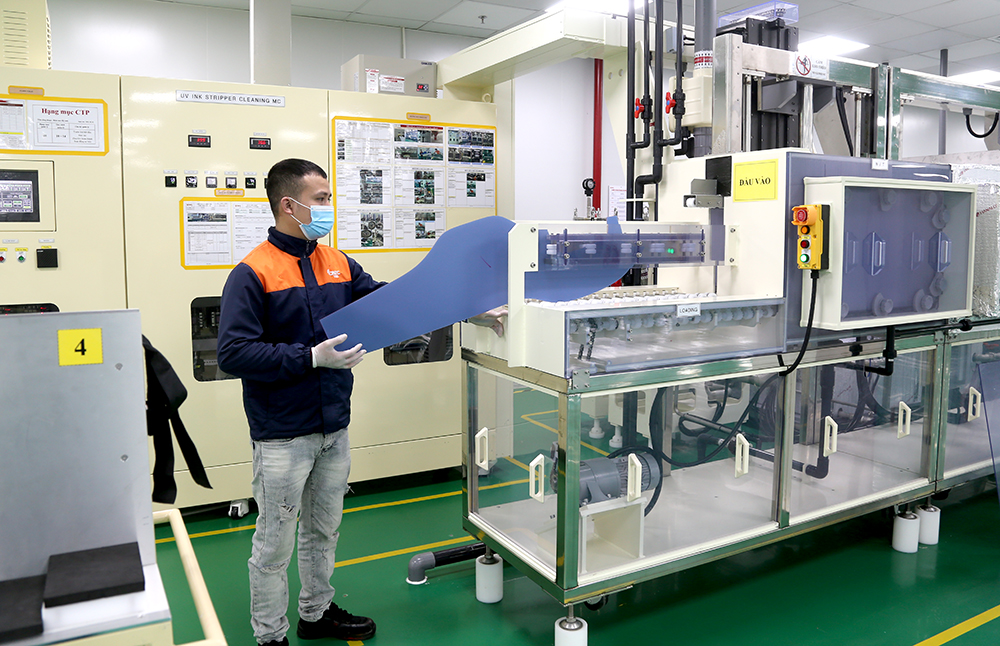
Illustration photo
Developing the information technology industry, making it one of the five key industries, contributing about 10% of the Central Highlands GRDP. Improving the capacity of research and development of information technology products and services with high added value through activities promoting domestic and international cooperation, 100% of households, schools, and hospitals are able to connect to high-speed fiber optic networks. By 2030, 100% of households, schools, and hospitals are able to connect to high-speed fiber optic networks or high-speed mobile telecommunications networks of 5G or higher, and at least 90% of state agencies, high-tech zones, concentrated information technology zones, research, development, and innovation centers in the region have Internet access with an average speed of at least 01 Gb/s. Establish at least 01 large-scale data center in Lam Dong, meeting green standards with PUE below 1.4 and standards on security, confidentiality, and performance; have direct connection, share data with other Regional data centers, connect high-speed fiber optic cable directly to the national backbone transmission system. Form open data sets of industries and fields. With at least 95% of the population aged 15 and over using smartphones, at least 80% of the population aged 15 and over having payment accounts at banks or other licensed organizations, the proportion of e-commerce in total retail sales reaches over 20%. The proportion of added value of the digital economy in the total product in the area is about 25 - 30% of GRDP. Big data, cloud computing and artificial intelligence industries have been formed, initially developed and deeply integrated into the key economic sectors of the Region. The proportion of added value of the ICT digital economy accounts for at least 10% of the region's GRDP. The total transaction value on the Internet environment of the region's main industries and fields grows on average from 20% - 30%/year. The number of jobs in enterprises with main industries and fields in the ICT digital economy category increases rapidly, the proportion of digital economic labor accounts for at least 3% of the workforce. Along with the vision to 2045, the Central Highlands has strong innovation capacity, a green - clean - safe environment, a unified culture in diversity, a harmonious society, happy people with a prosperous and happy life. Economic, cultural and social strength is significantly promoted by digital technology and data. The economic growth rate is high and the average income per capita basically reaches the national average. To achieve the above goals, the Project sets out the main tasks and solutions such as: Perfecting institutions and improving digital governance capacity; Promote the construction of infrastructure to serve the development of the digital economy; build and vigorously deploy the application of digital platforms in industries and fields; form a big data industry and pilot areas for initiatives to apply artificial intelligence; develop digital citizens and digital culture... The proportion of e-commerce in total retail sales reaches over 20%. The proportion of added value of the digital economy in the total product in the area is about 25-30% of GRDP. Big data, cloud computing and artificial intelligence industries have been formed, initially developed and deeply integrated into key economic sectors. The proportion of added value of the ICT digital economy accounts for at least 10% of regional GRDP, the proportion of the digital economy spreading to industries and fields nationwide is 14.26%, in Kon Tum it reaches 9.44%, Lam Dong 6.31%, Gia Lai 6.77%, Dak Nong 8.27%, Dak Lak 8.04%, the number of jobs in enterprises with main industries and fields of business in the ICT digital economy category increases rapidly, the proportion of digital economic labor accounts for at least 3% of the workforce.Kim Oanh




![[Photo] Parade to celebrate the 50th anniversary of Laos' National Day](/_next/image?url=https%3A%2F%2Fvphoto.vietnam.vn%2Fthumb%2F1200x675%2Fvietnam%2Fresource%2FIMAGE%2F2025%2F12%2F02%2F1764691918289_ndo_br_0-jpg.webp&w=3840&q=75)
![[Photo] Worshiping the Tuyet Son statue - a nearly 400-year-old treasure at Keo Pagoda](/_next/image?url=https%3A%2F%2Fvphoto.vietnam.vn%2Fthumb%2F1200x675%2Fvietnam%2Fresource%2FIMAGE%2F2025%2F12%2F02%2F1764679323086_ndo_br_tempimageomw0hi-4884-jpg.webp&w=3840&q=75)



















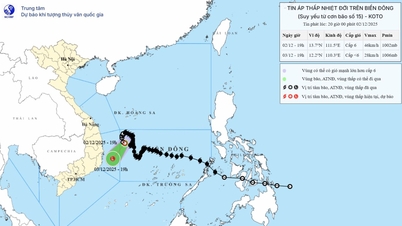








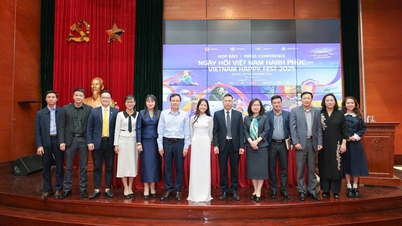

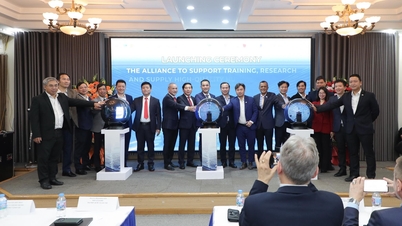
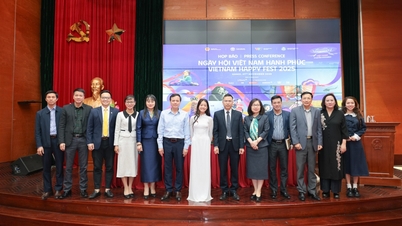
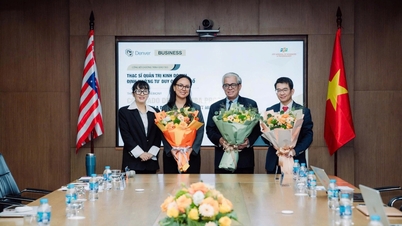
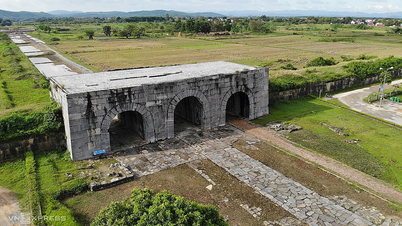







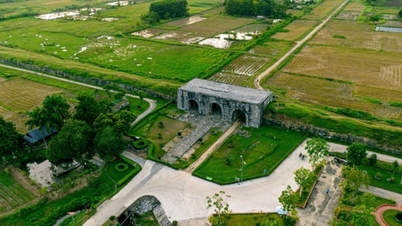














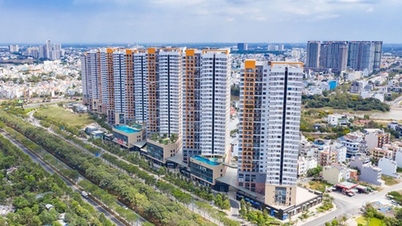



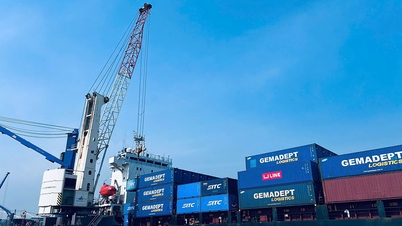











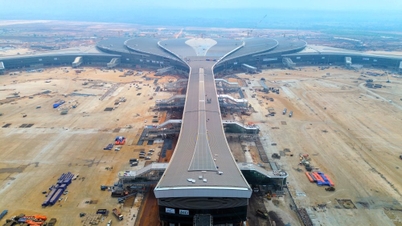


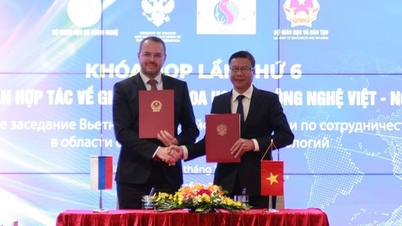
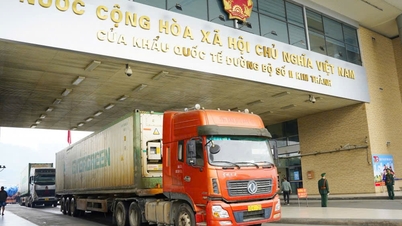








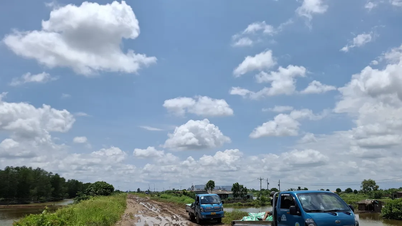

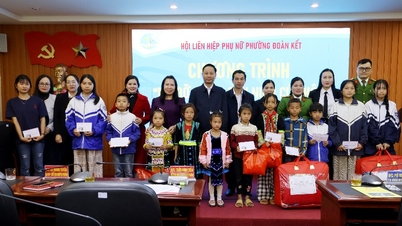













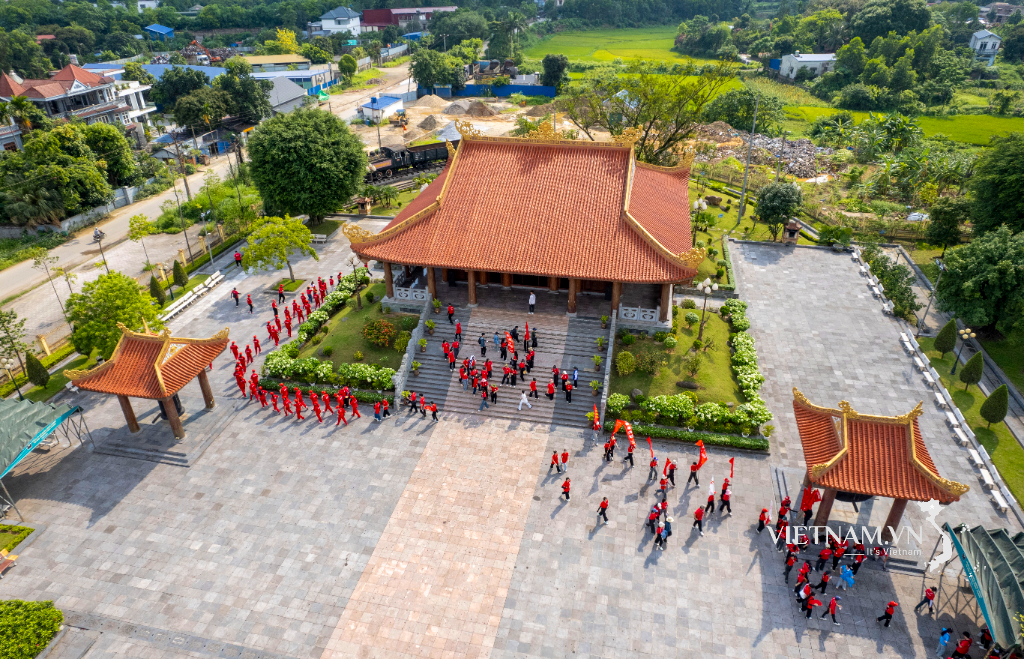



Comment (0)